Wood and bone are very difficult to break because cracks tend to be deviated by micro-structural features at various scales. We can mimic this in high-performance carbon-fibre composites and obtain bio-inspired composites that are 5 times tougher.
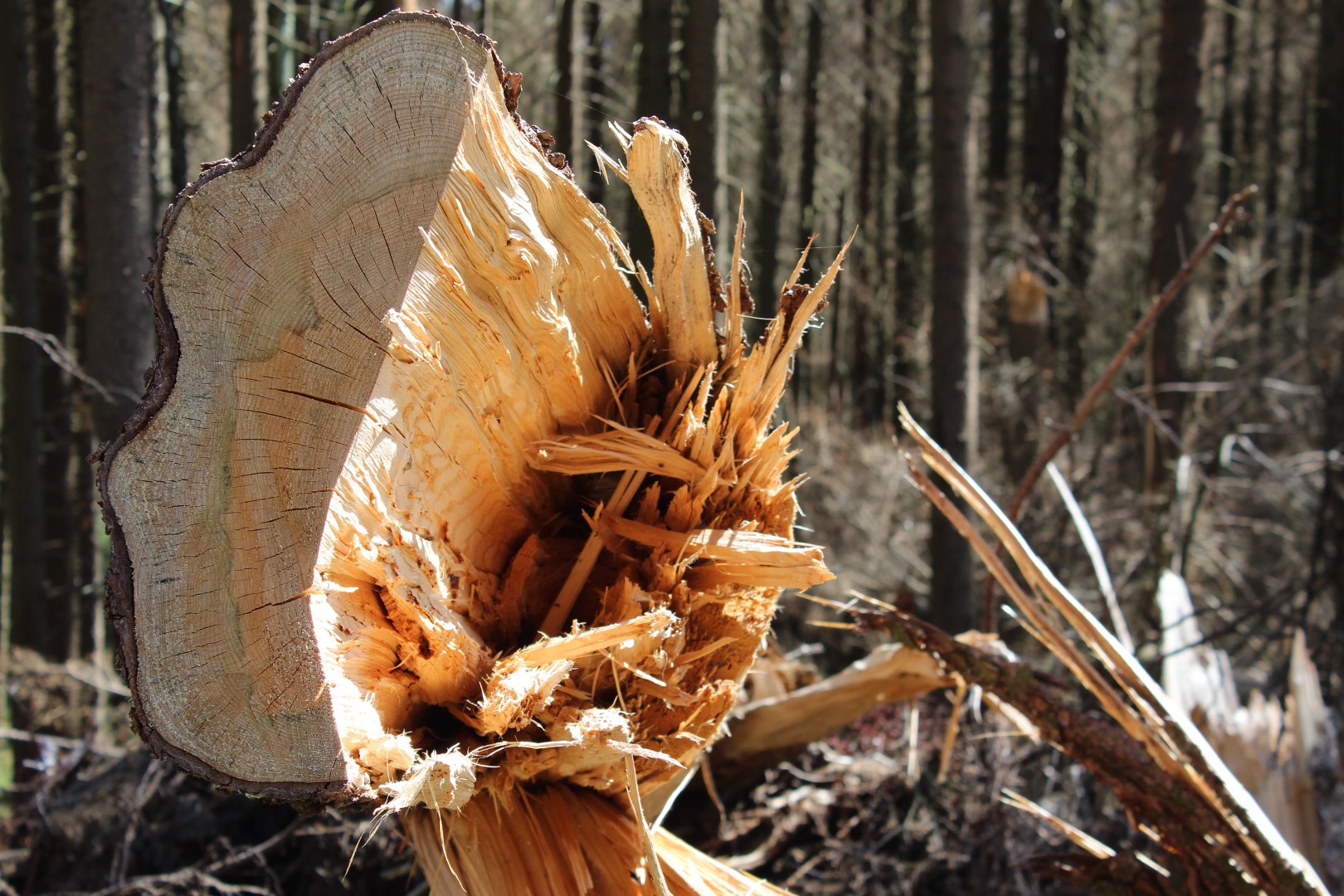

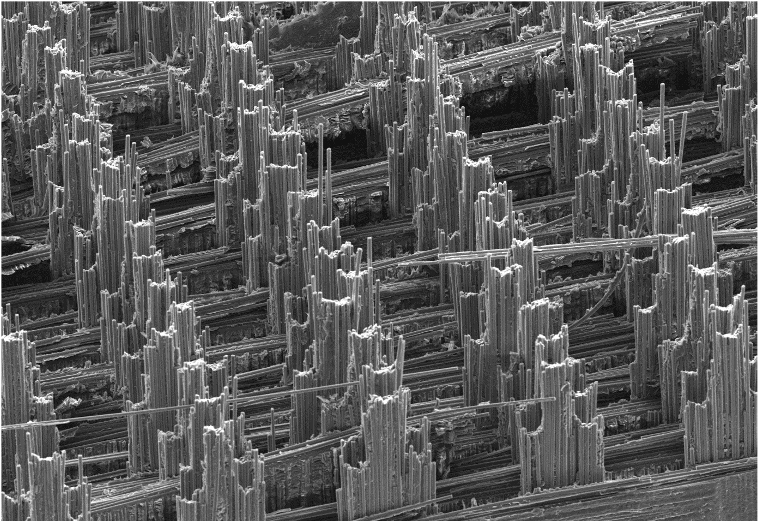

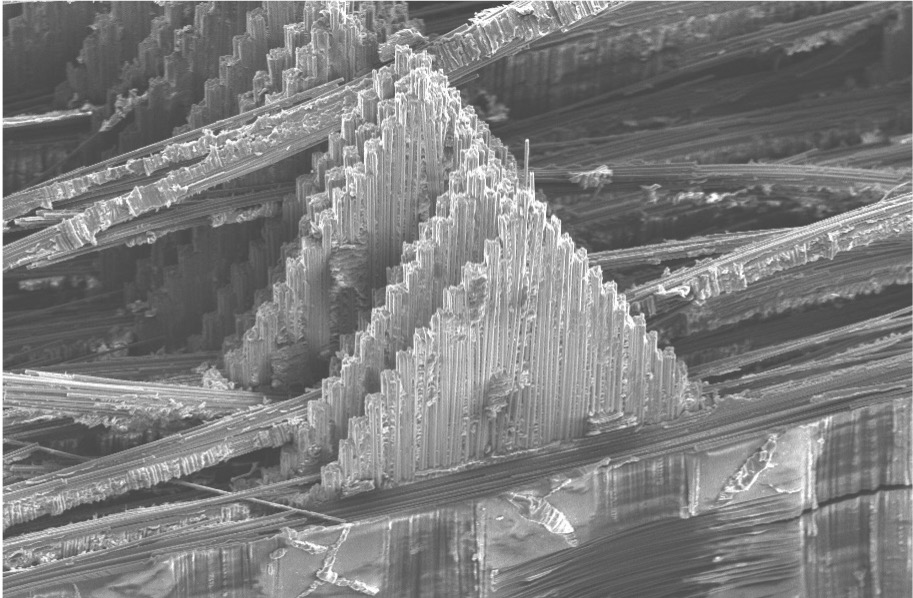

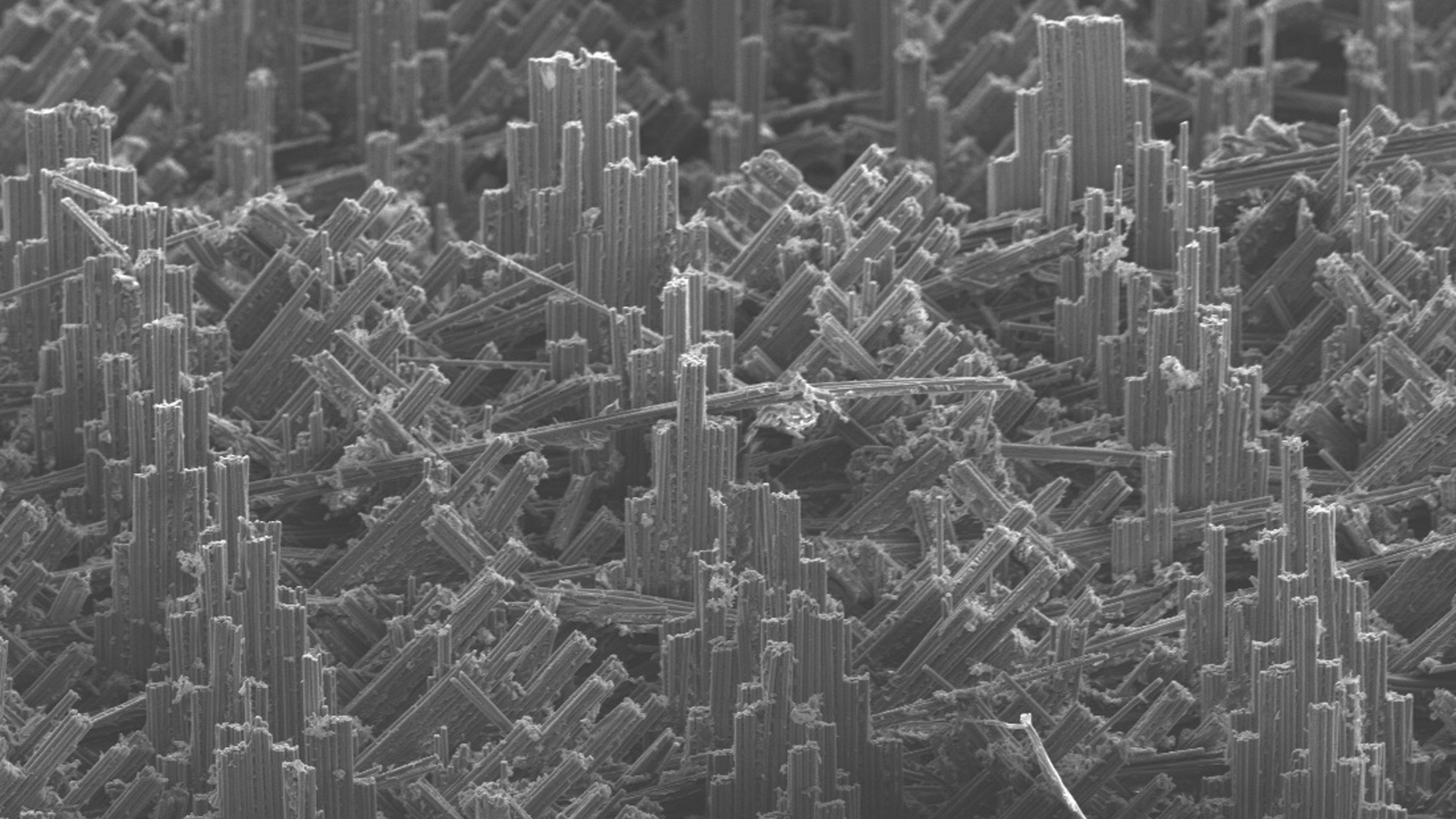
Sample publications:
Nacre is a microstructure which occurs on various shells and is composed of strong, stiff and brittle tiles connected by a more ductile material. In tension, this microstructure creates tortuous cracks and diffuses damage. We designed, manufactured and tested various versions of this using CFRP, as well as hybrids of CFRP, GFRP, aluminium and titanium. This bio-inspired CFRP could alse create tortuous cacks and diffuse damage.
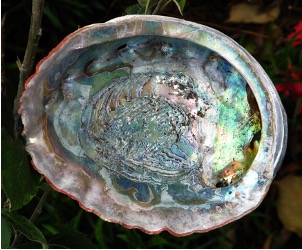
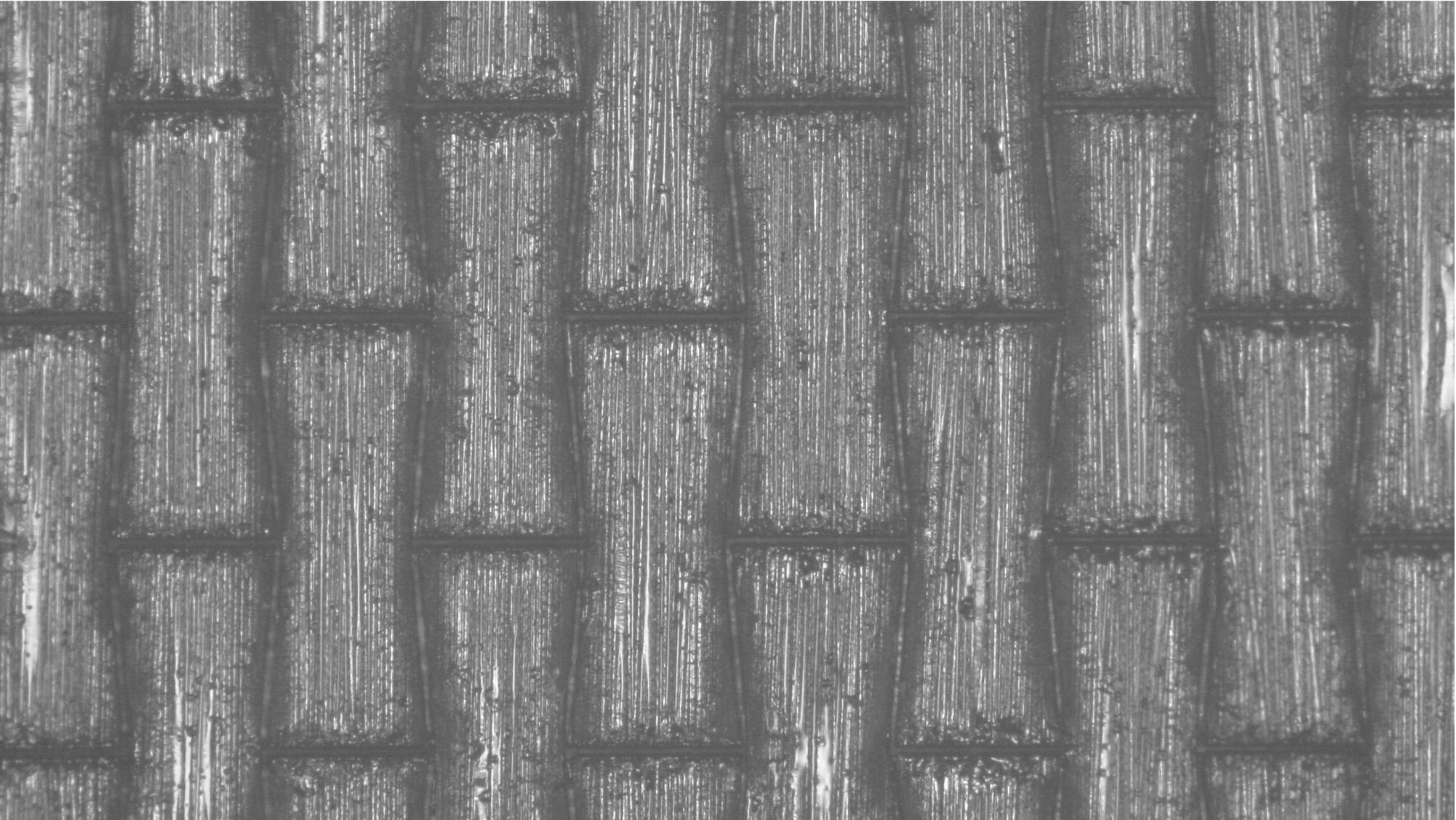
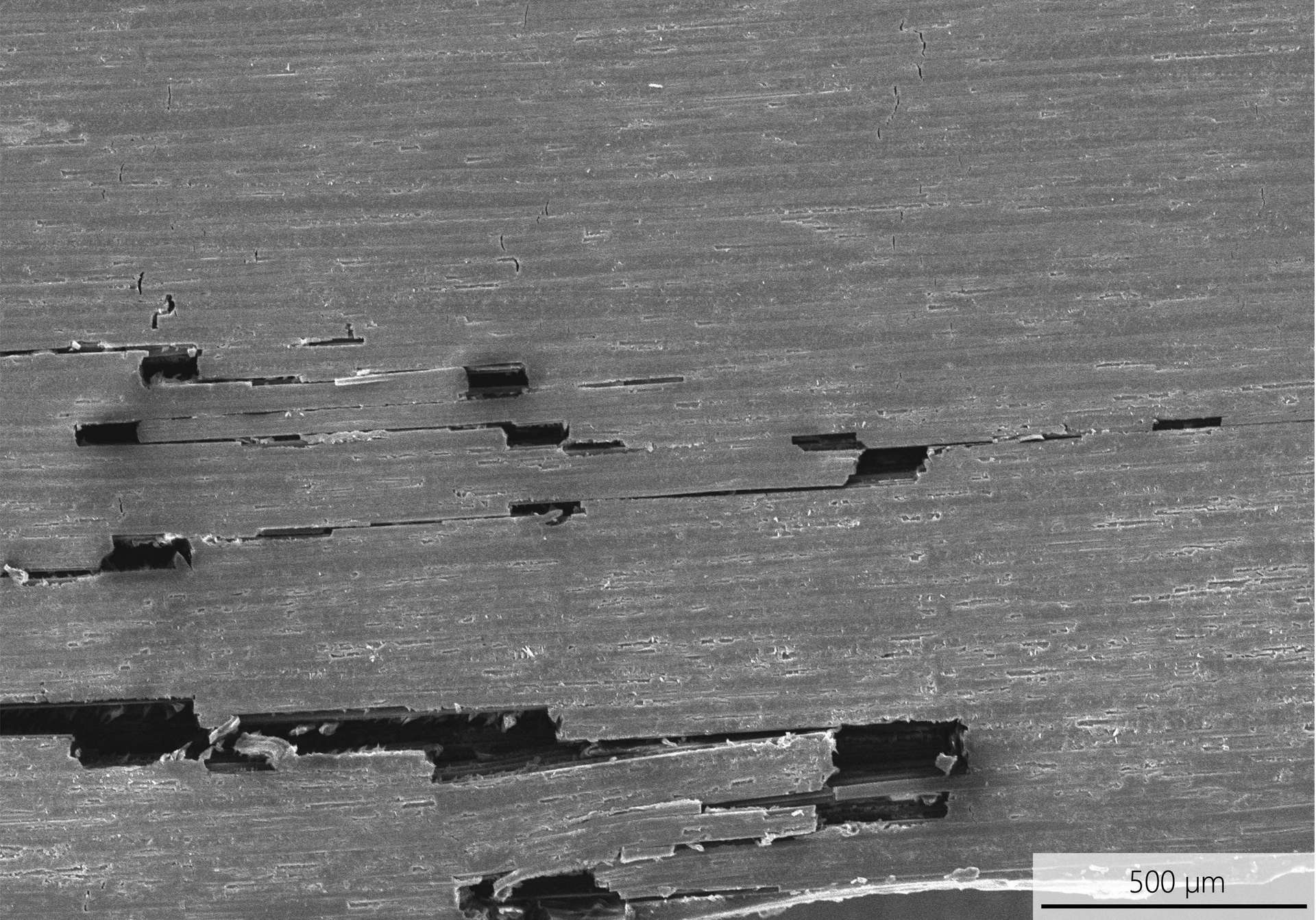
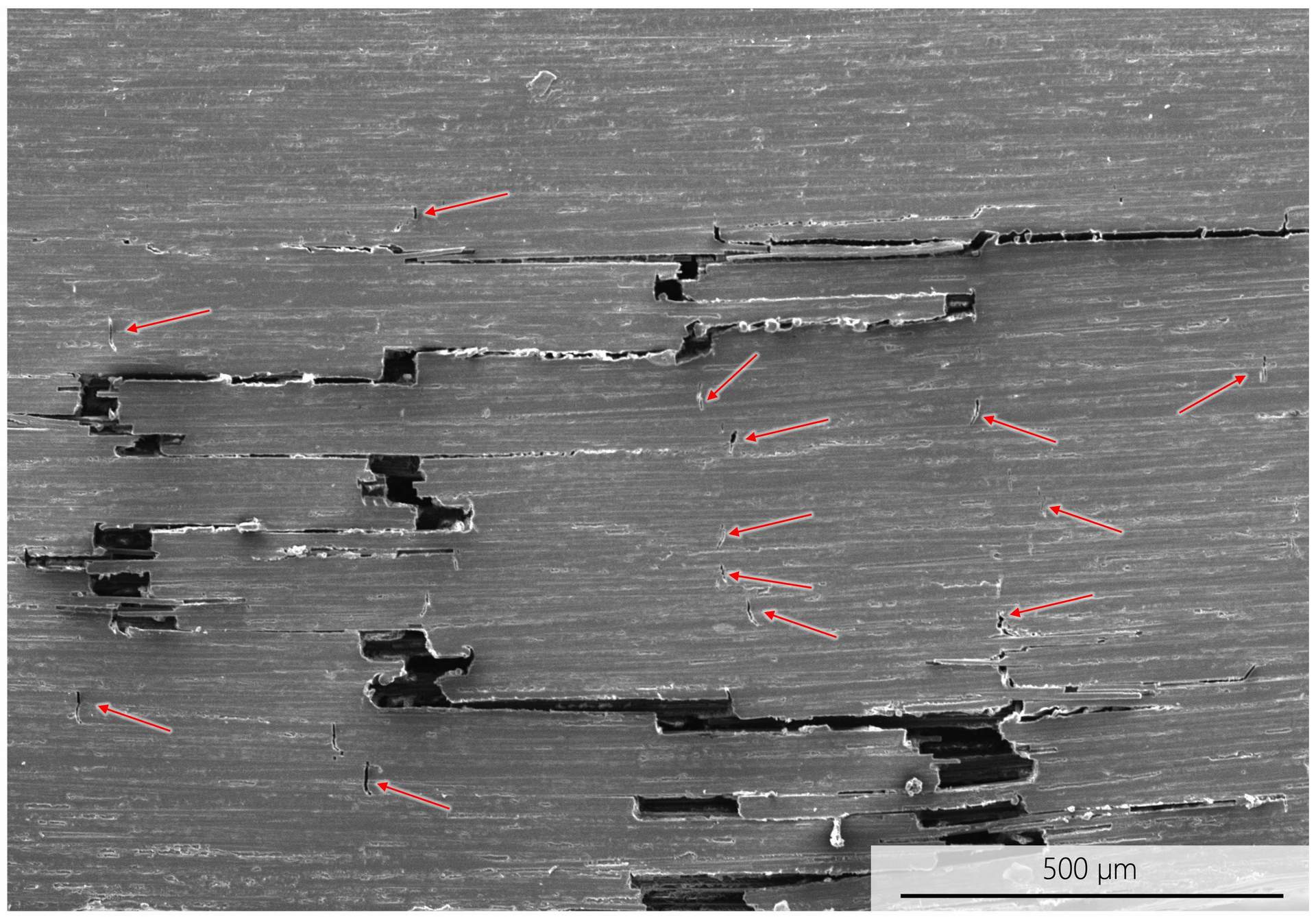
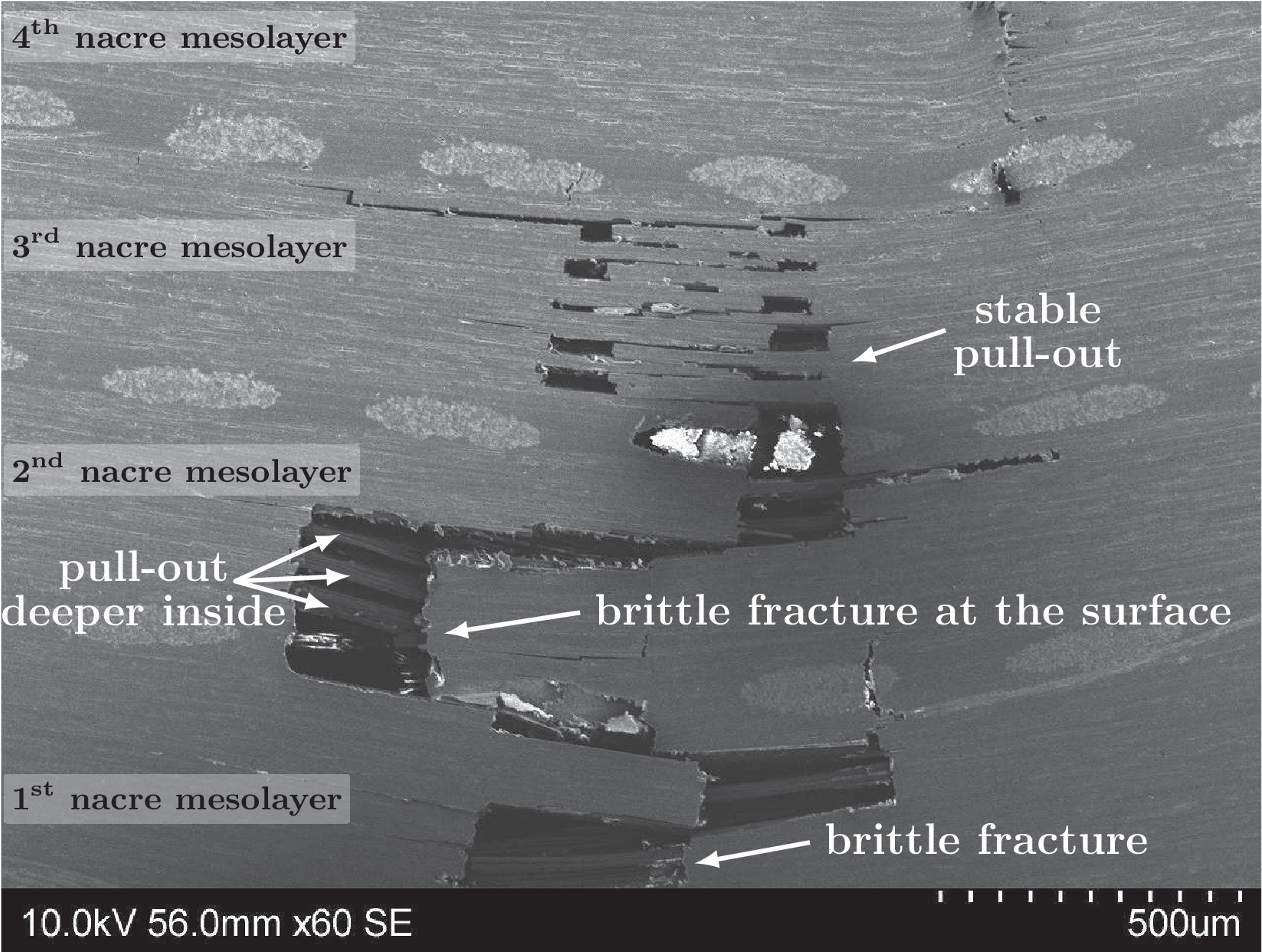
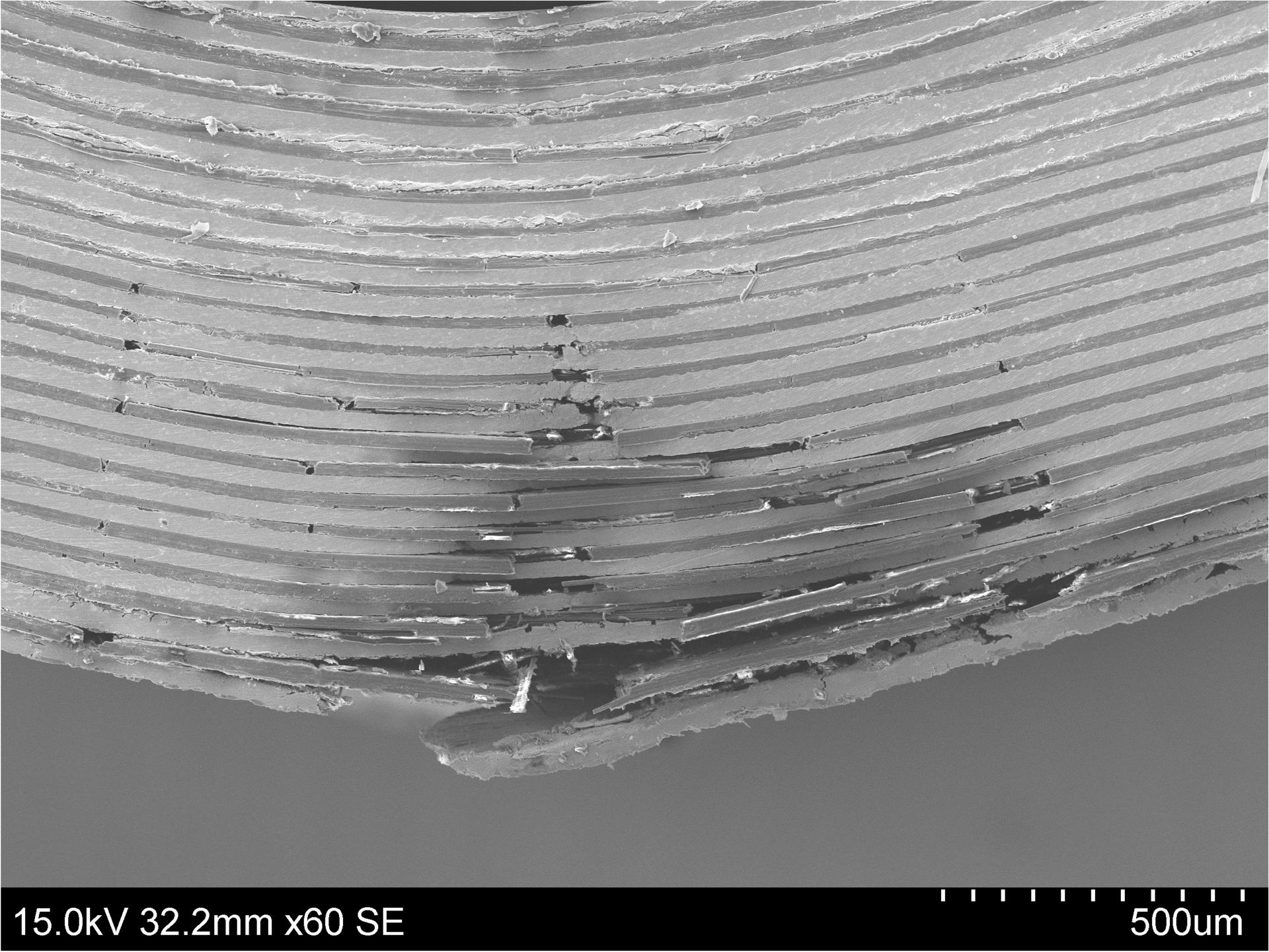

Sample publications:
The gigas shell (and a few other shells too) evolved a microstrucutres where the reinforcing units are at a ~45 degrees angle with the thickness, in a crossed-lamelar aragement. Under impact, this creates exquisite damage paternas which protect the shell against impact. We created CFRP versions of this, as well as hybrids of CFRPand aluminium and titanium. We could observe very ductile behaviours which are very unusual for CFRP composites.
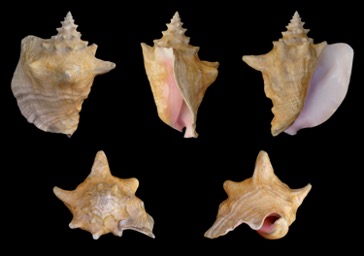
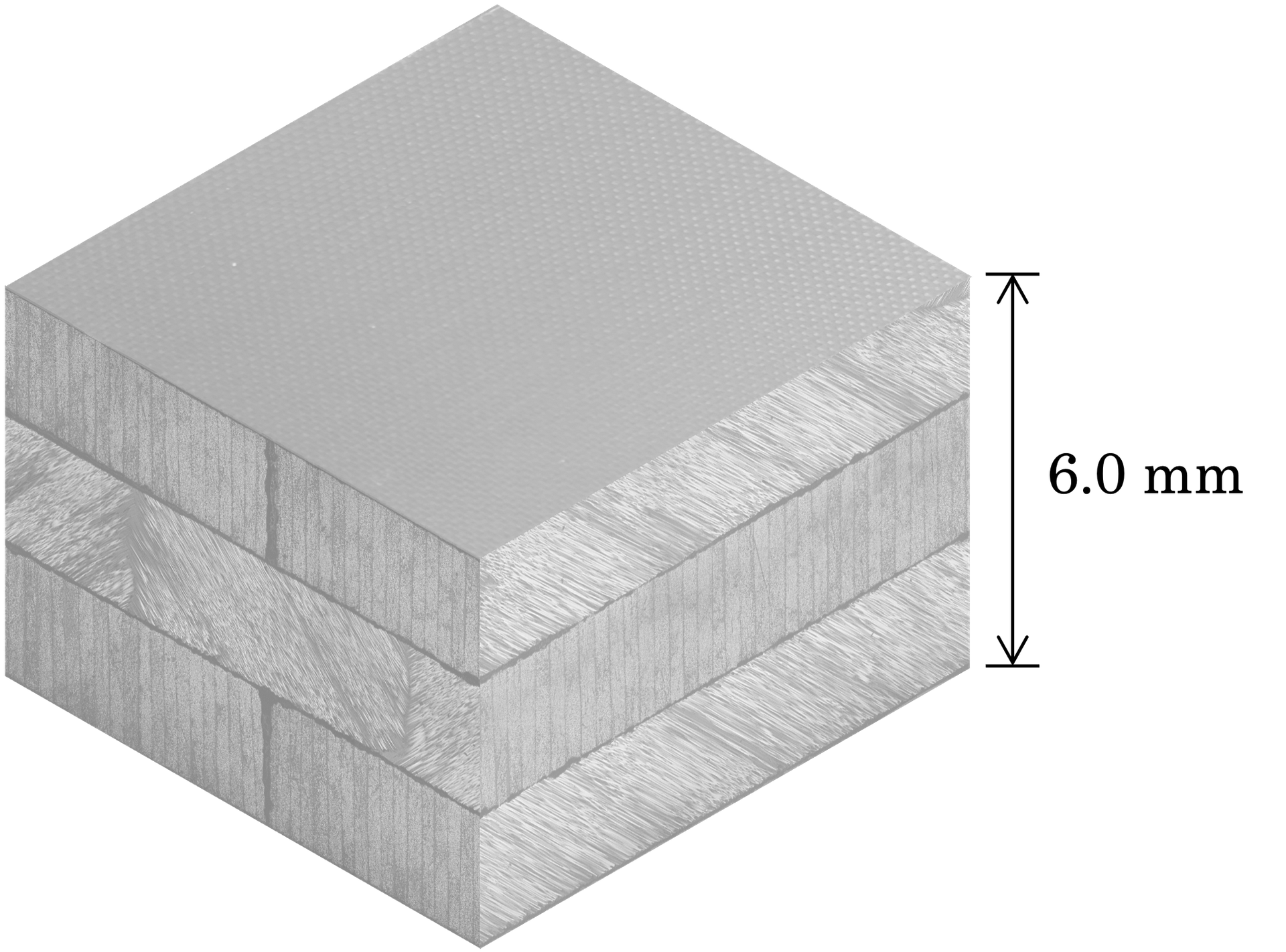

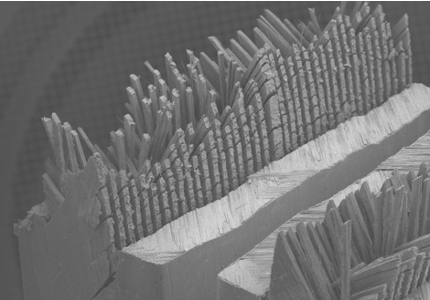
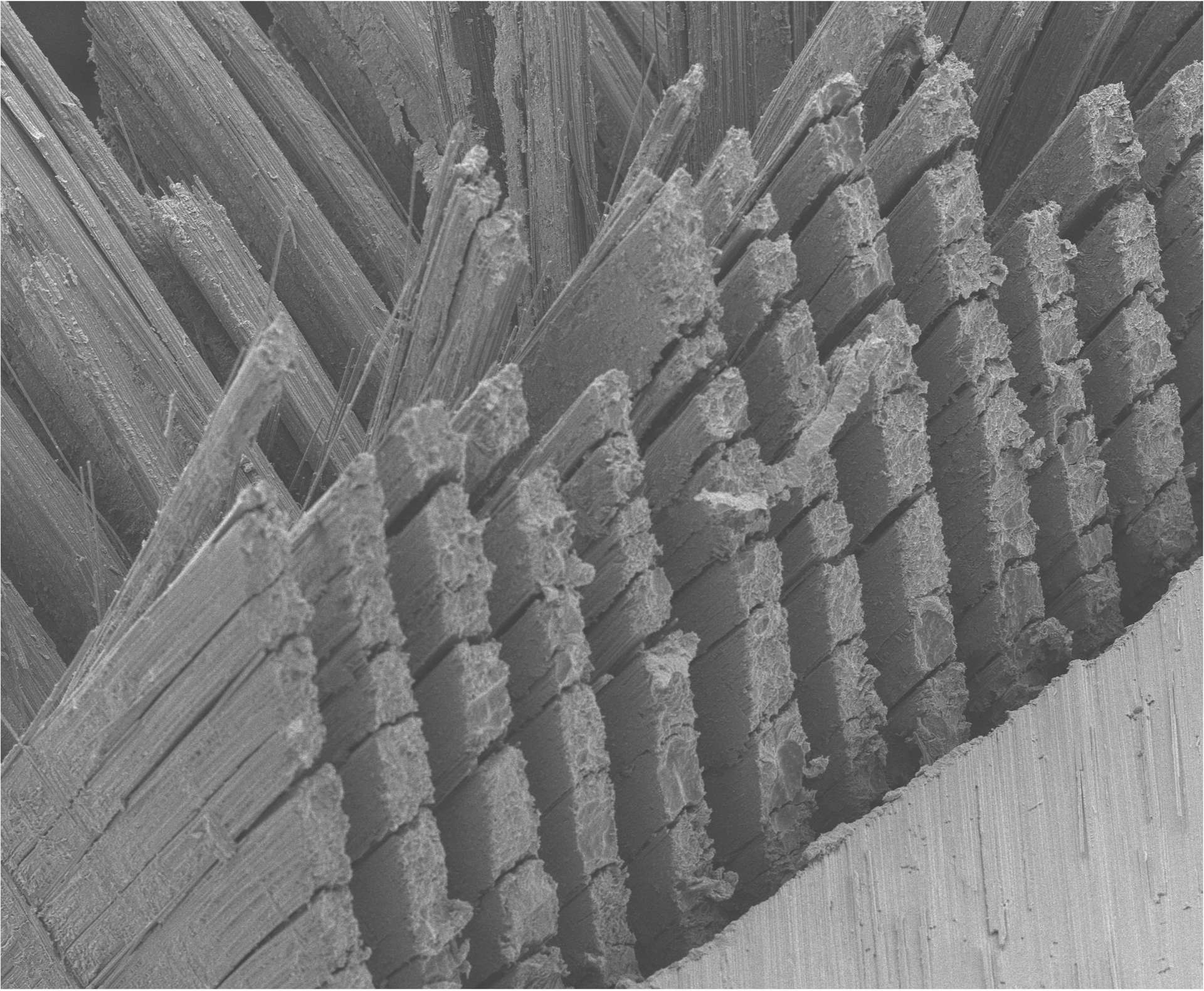
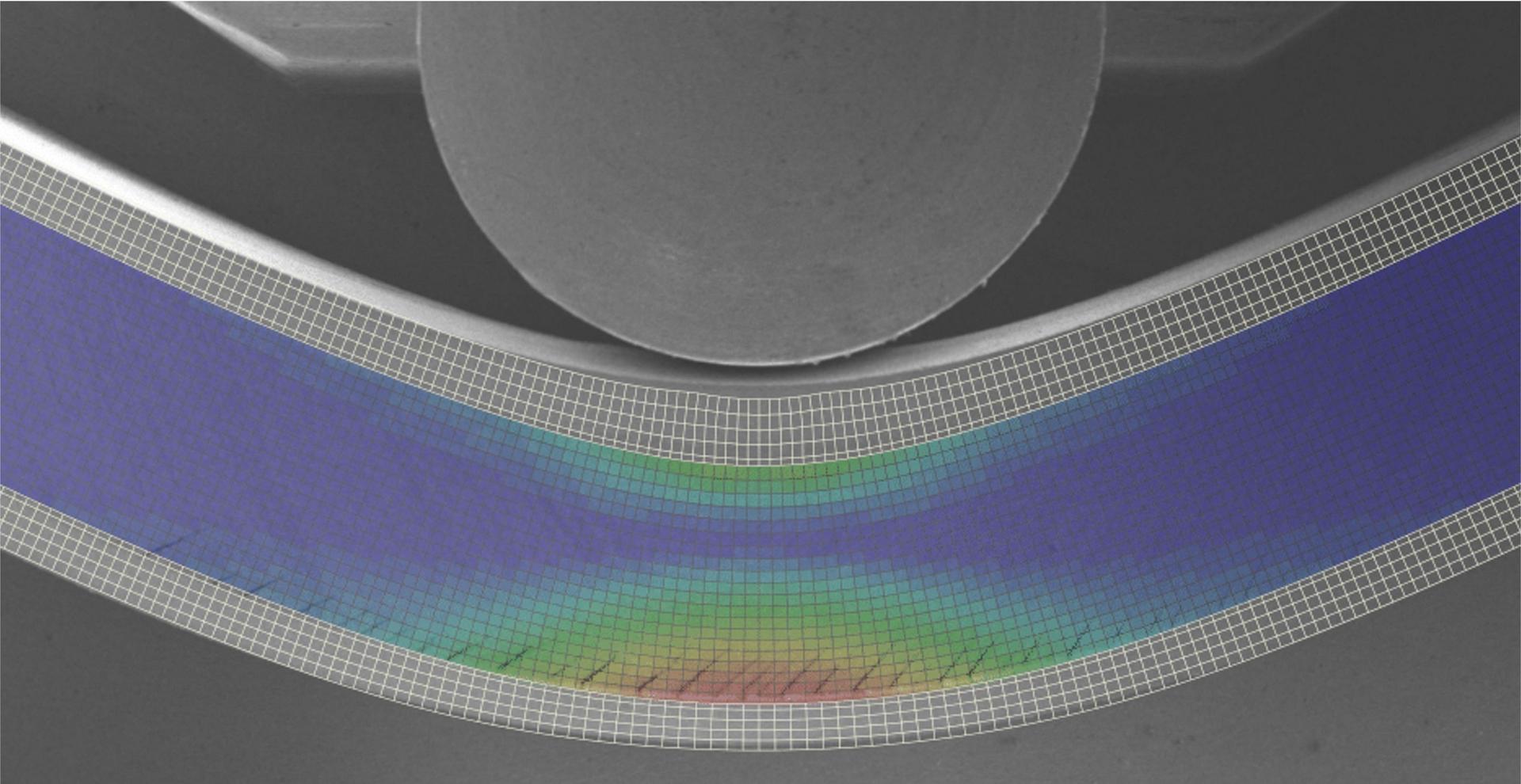
Sample publications:
Various animals have scales which provide protection against a biological armour against biting while still being flexible and allowig mobility. We made CFRP versions of these scaled micro-structures, and tested their performance against stabing.
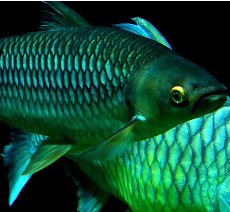
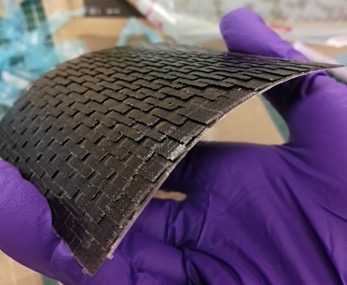
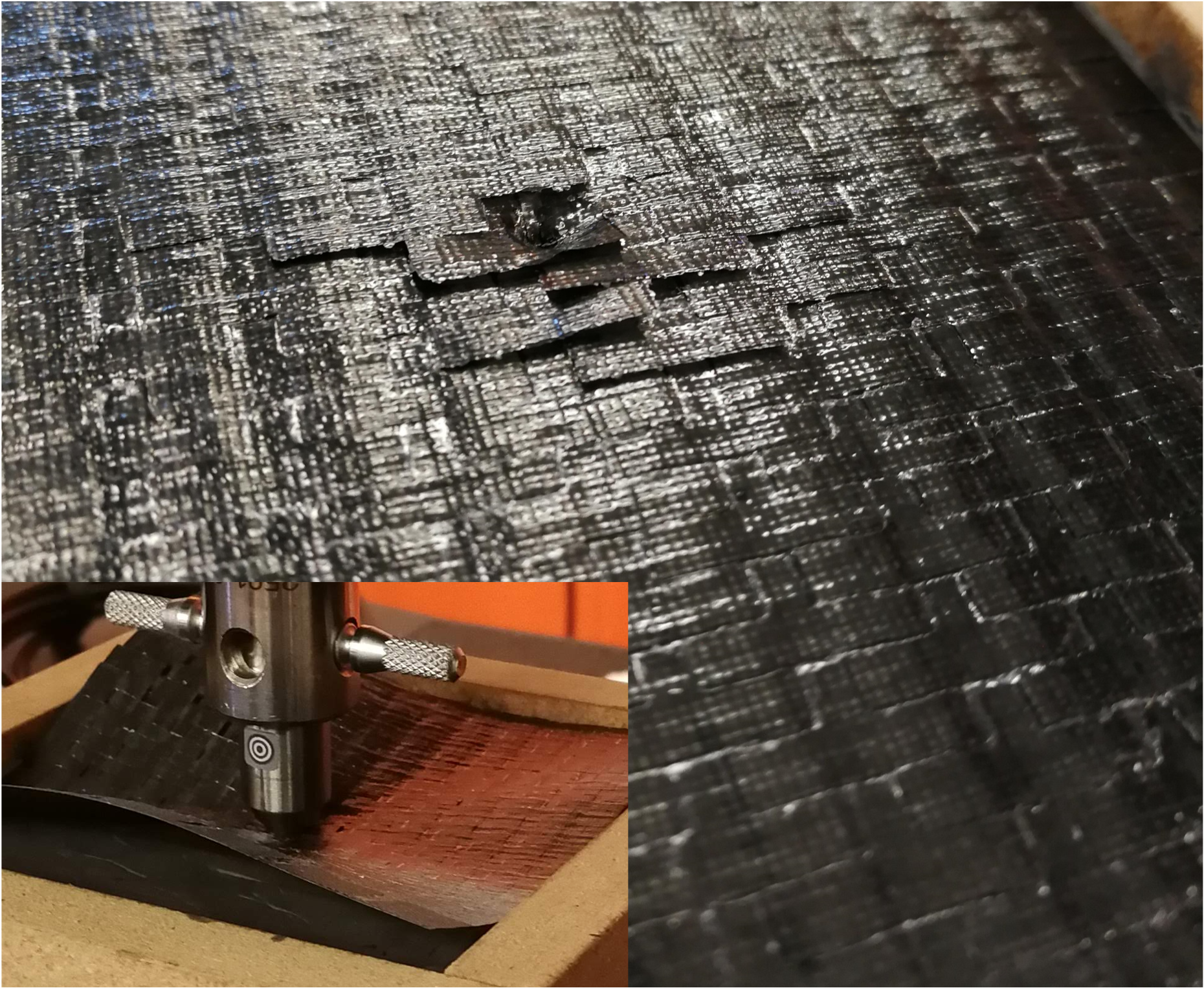
Sample publications:
The mantis shrimp evolved a helicoidal arrangement for its club, which it uses to break the hard shells of other animals, such as crab. Under impact, this helicoidal arrangement, which is not unique to the mantis shrimp, leads to the formation of double helicoidal cracks which add compliance to the material without breaking the main reinforcing units. We made CFRP versions of this, and tested them under impact, where they desplayed an improved performance over traditional CFRP layups.
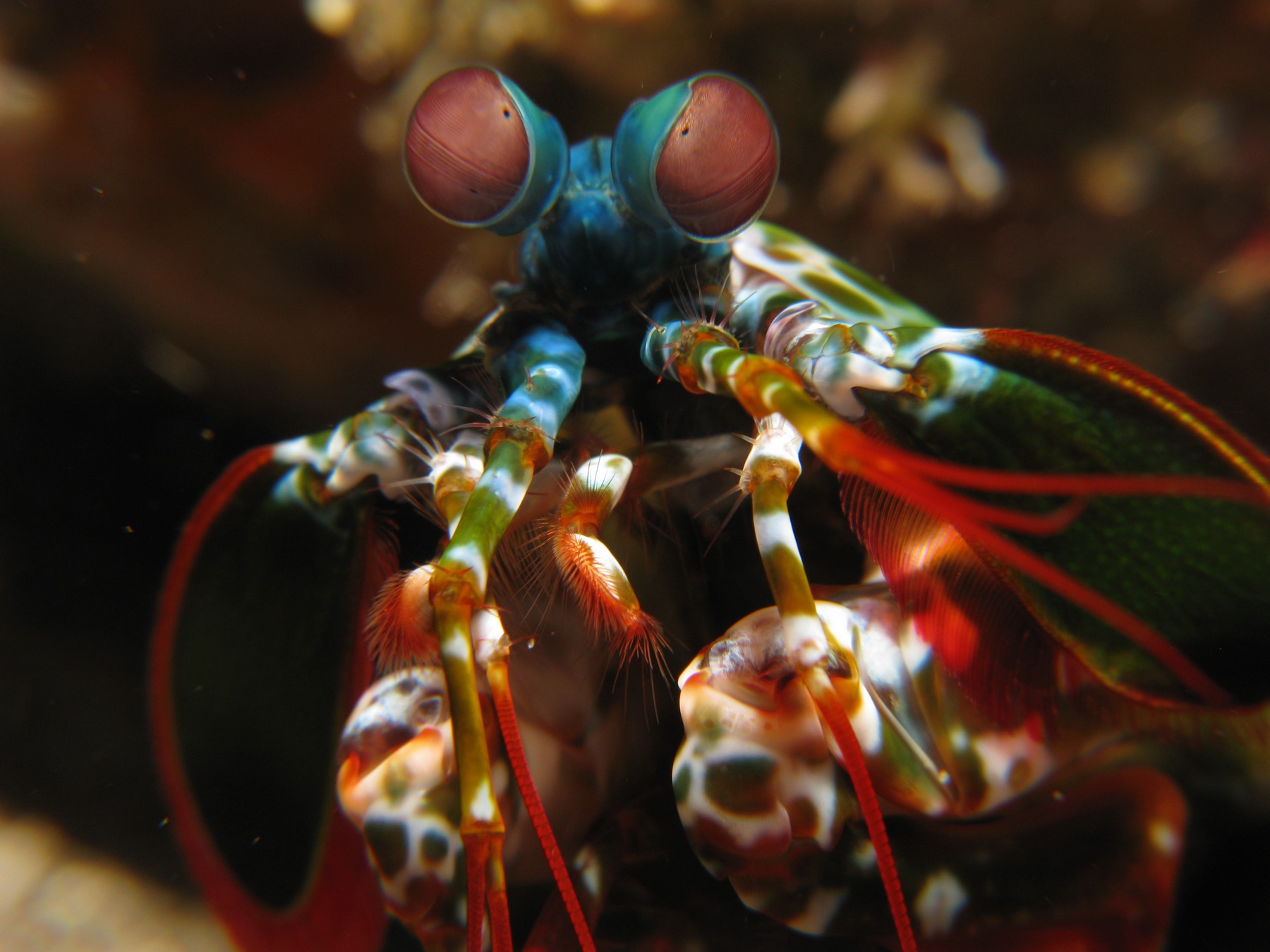
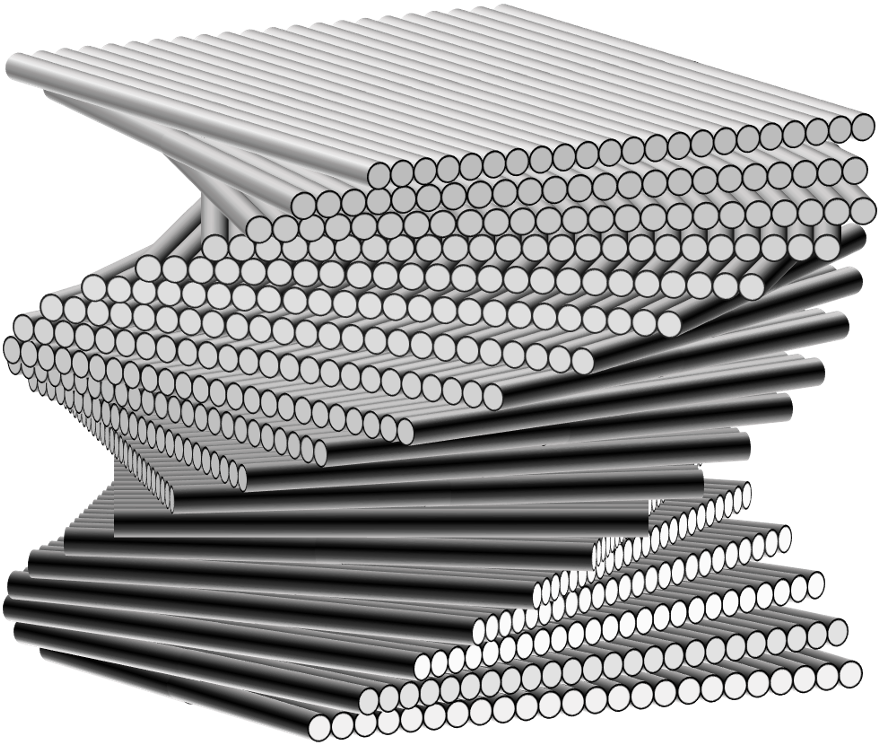
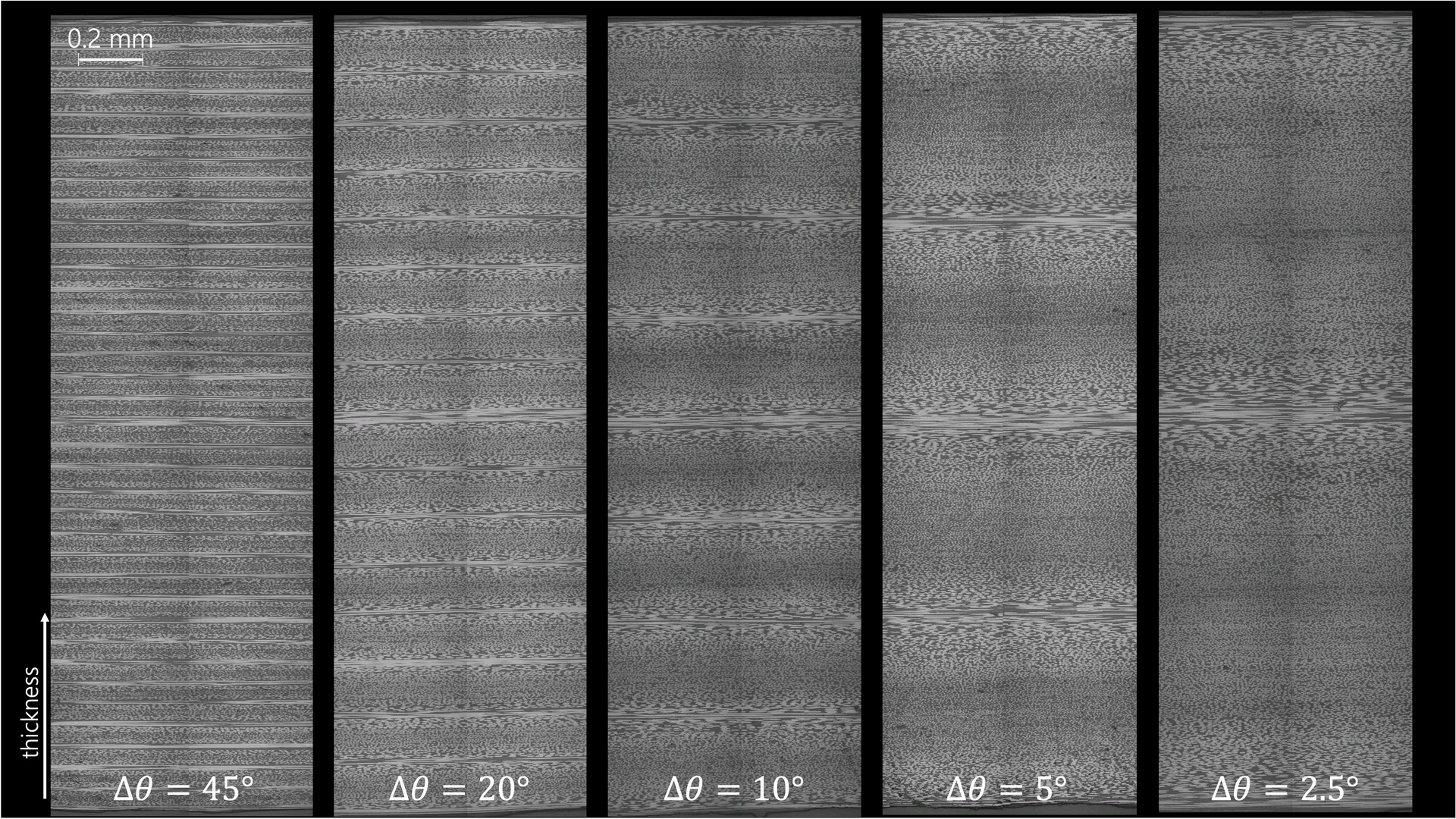
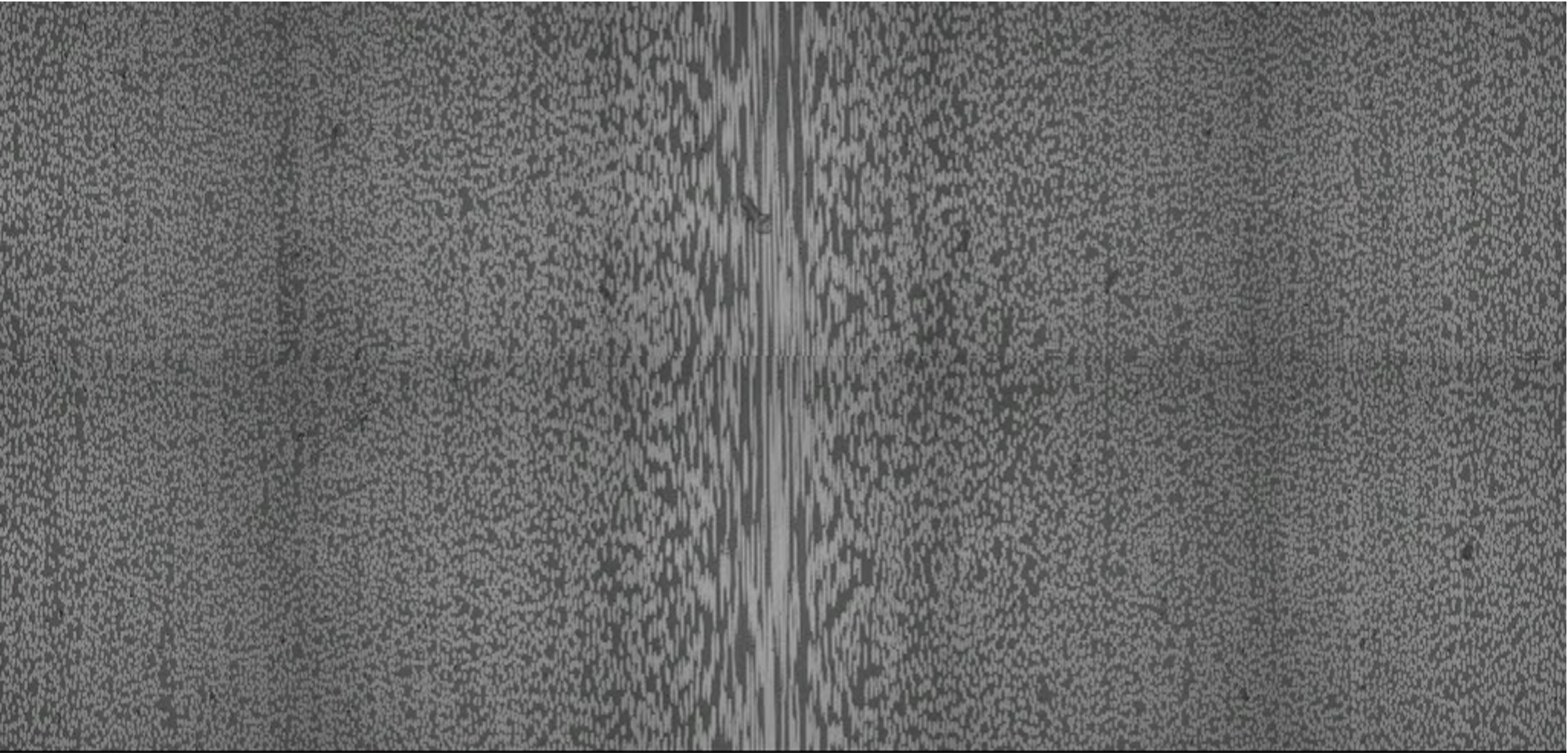
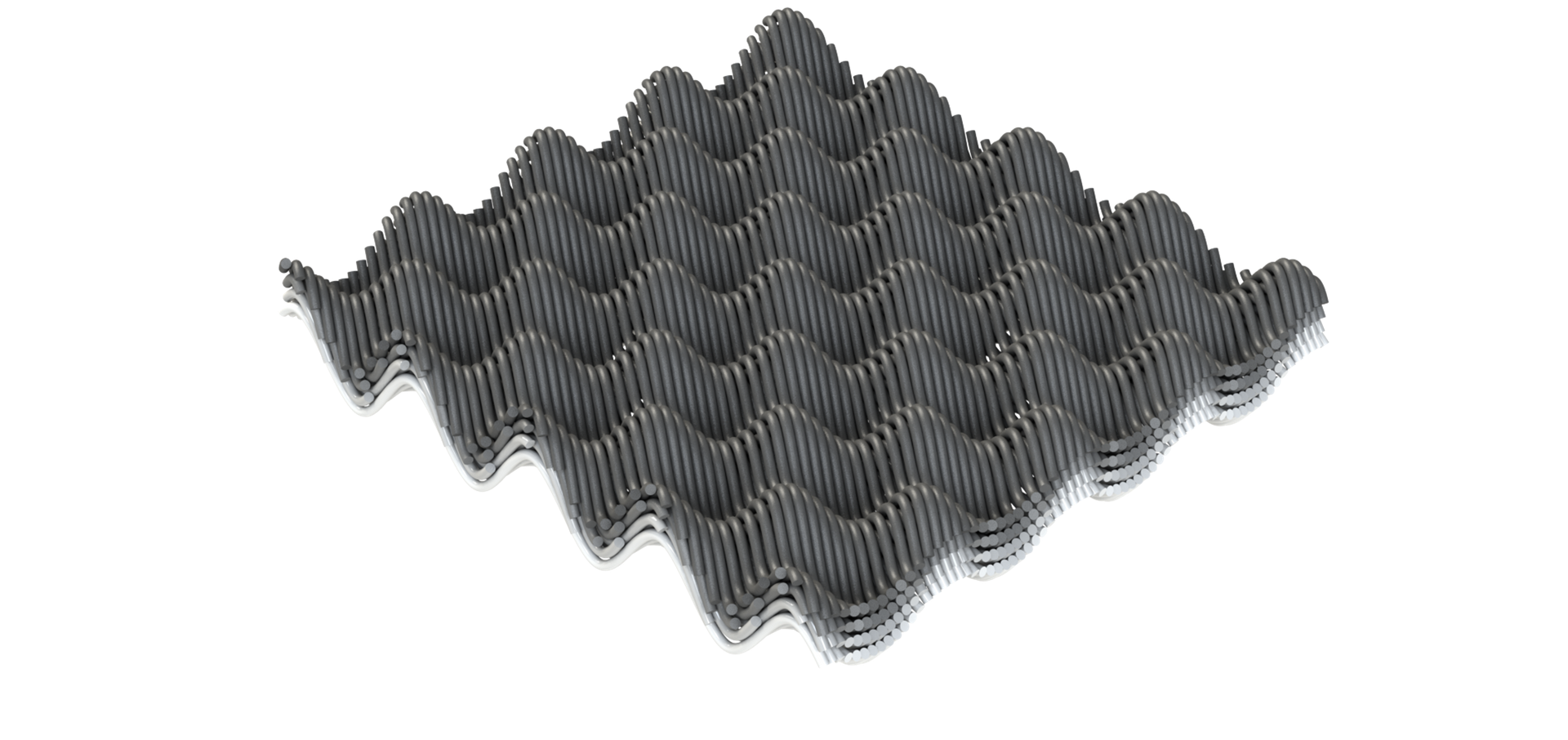
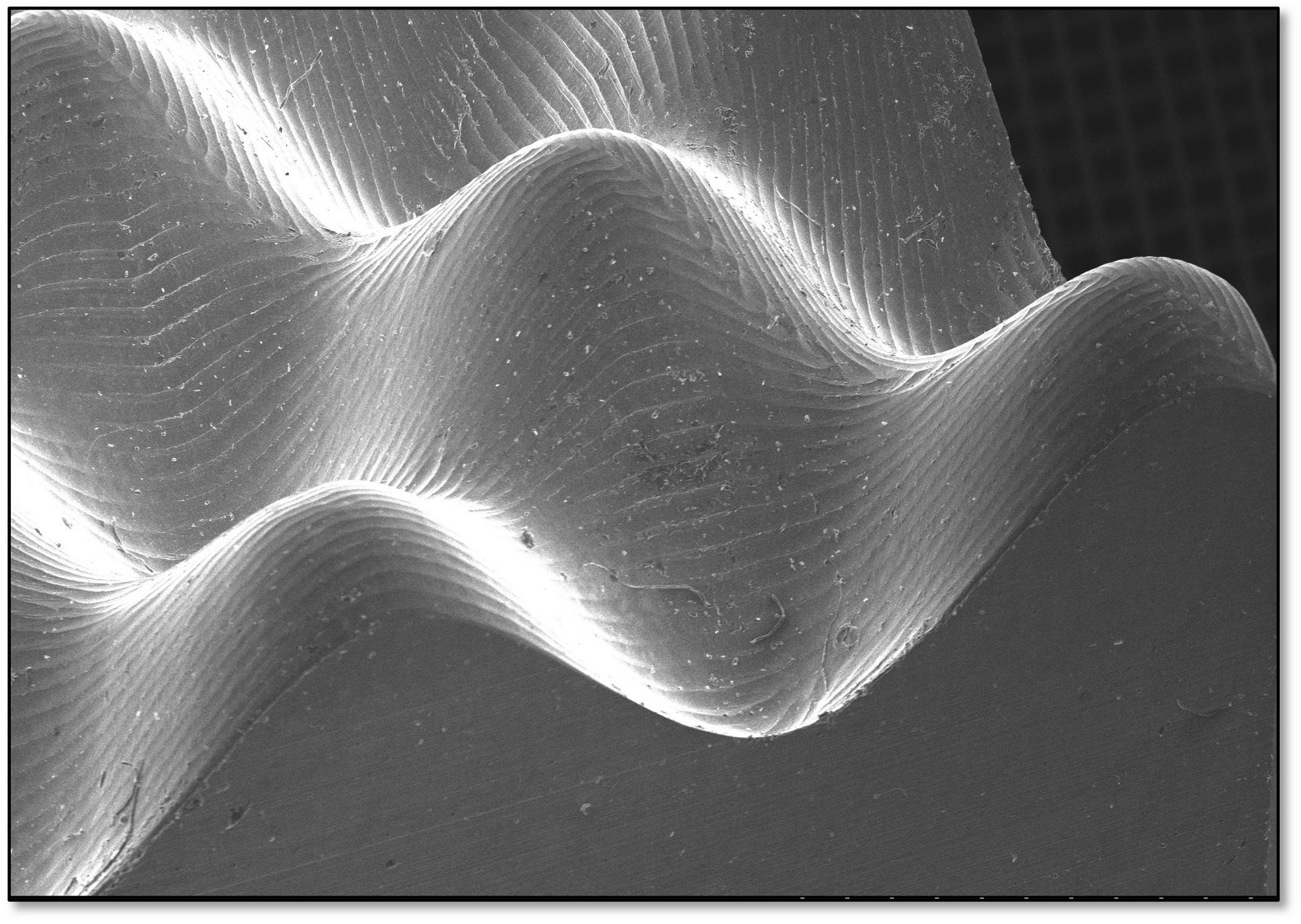
Sample publications:
We insert interlocked thin-ply reinforcement units between the laminae. Each reinforcement unit consists of two thin-ply layers with tabs cut into one layer, and slits cut into the other layer, creating an interlocked reinforcement unit, leding to increases in interlaminar toughness and CAI strength.

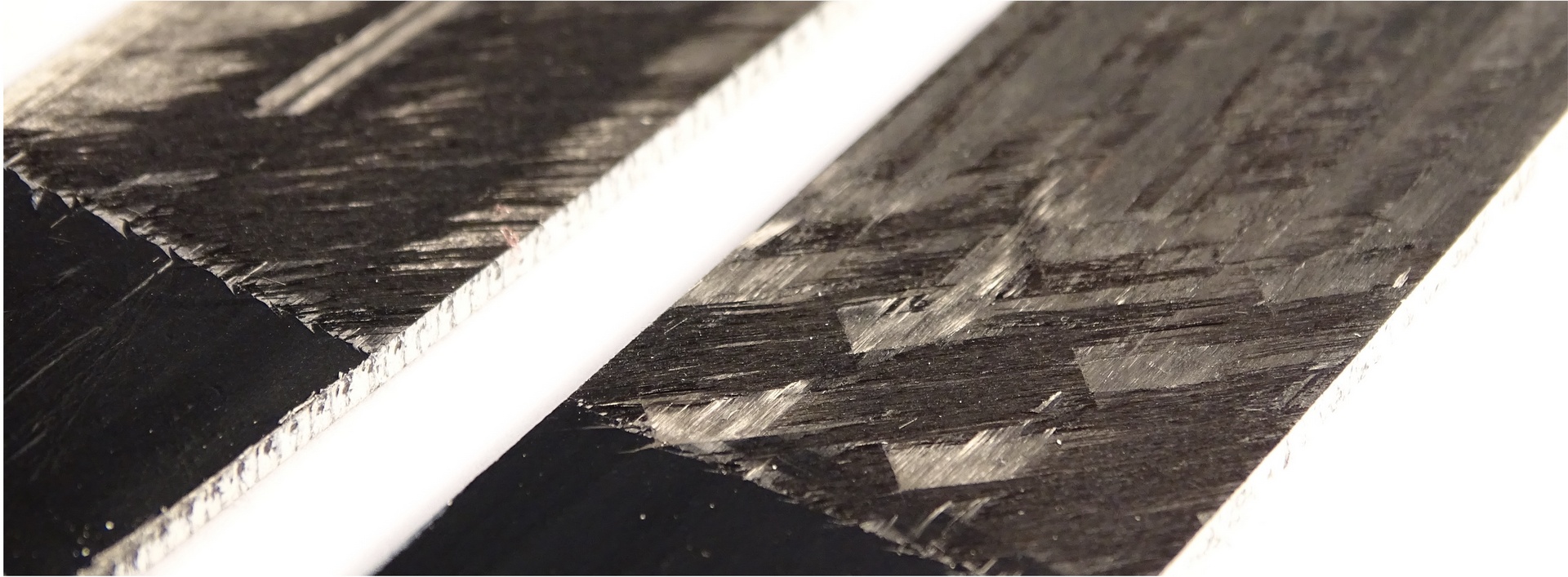
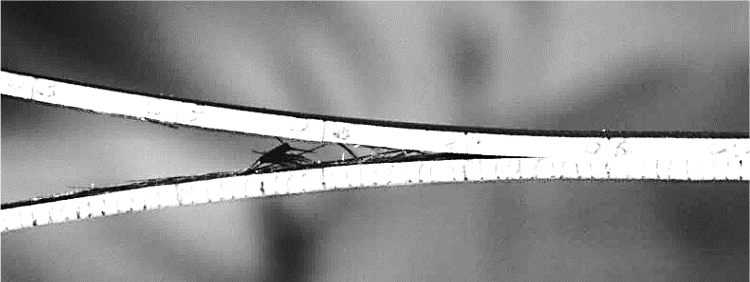
Sample publications:
